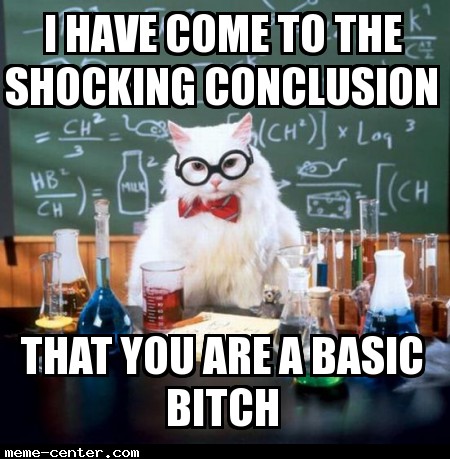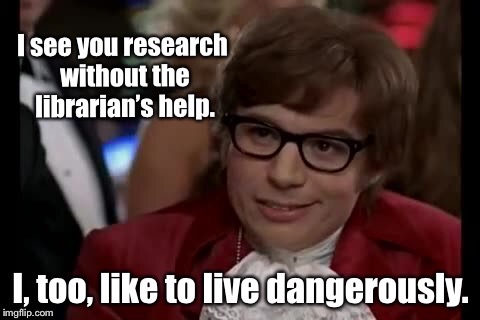Writing Project Two requires you to use scholarly sources in some way. If you’re in 101, you’ll be comparing a scholarly source to a popular source with the goal of identifying the strengths and weaknesses of both source types. If you’re in 102, you’ll be making an argument that you support with scholarly sources.
Why all the fuss? Most of you are in your first or second year of college; you’re academic newbies. As you proceed through your undergraduate courses, you will gain expertise in a discipline. If you continue on to grade school, you will eventually become an expert yourself. As a newbie, you should learn how academia works. Thus, our goal with this assignment is to introduce you to some of the basics of “academic discourse.” Since the word “discourse” means “communication,” “academic discourse” means something like “how academics communicate with each other.” “Academics” are your professors and professors and researchers across the country in colleges and universities. Sure, they communicate with emails, zoom (in the time of the ‘Rona), and through conversation. However, when they wish to add knowledge to their discipline, they do this by publishing in journals.

Think of these journals as specialized magazines, magazines that few people read. You can tell this by looking at some journal titles: Addiction Biology, Addiction Genetics, Addiction & Health, Aggression and Violent Behavior, Alcoholism and Psychiatry Research, American Journal of Psychiatric Rehabilitation. These are a small number of psychiatric journals I found using the library’s “journal search” tool. Reading the titles for these journals, you can see that they have a relatively narrow focus; researchers in these fields will publish their research findings as articles in these journals, expecting other experts in those fields to read them.

The articles themselves will be difficult to understand, but the good news is that most articles have sections titled “Results,” “Conclusion,” or “Discussion” that provide a summary of the article’s findings. While you can use google scholar, you should also use the CSU-Pueblo library’s databases (you are paying for them, after all) to find sources. I’ve posted a link to the library’s research guide for composition courses below. Use it in addition to the text material that was part of your assigned reading (be sure to download and view the “Scholarly Sources” PowerPoint, too).